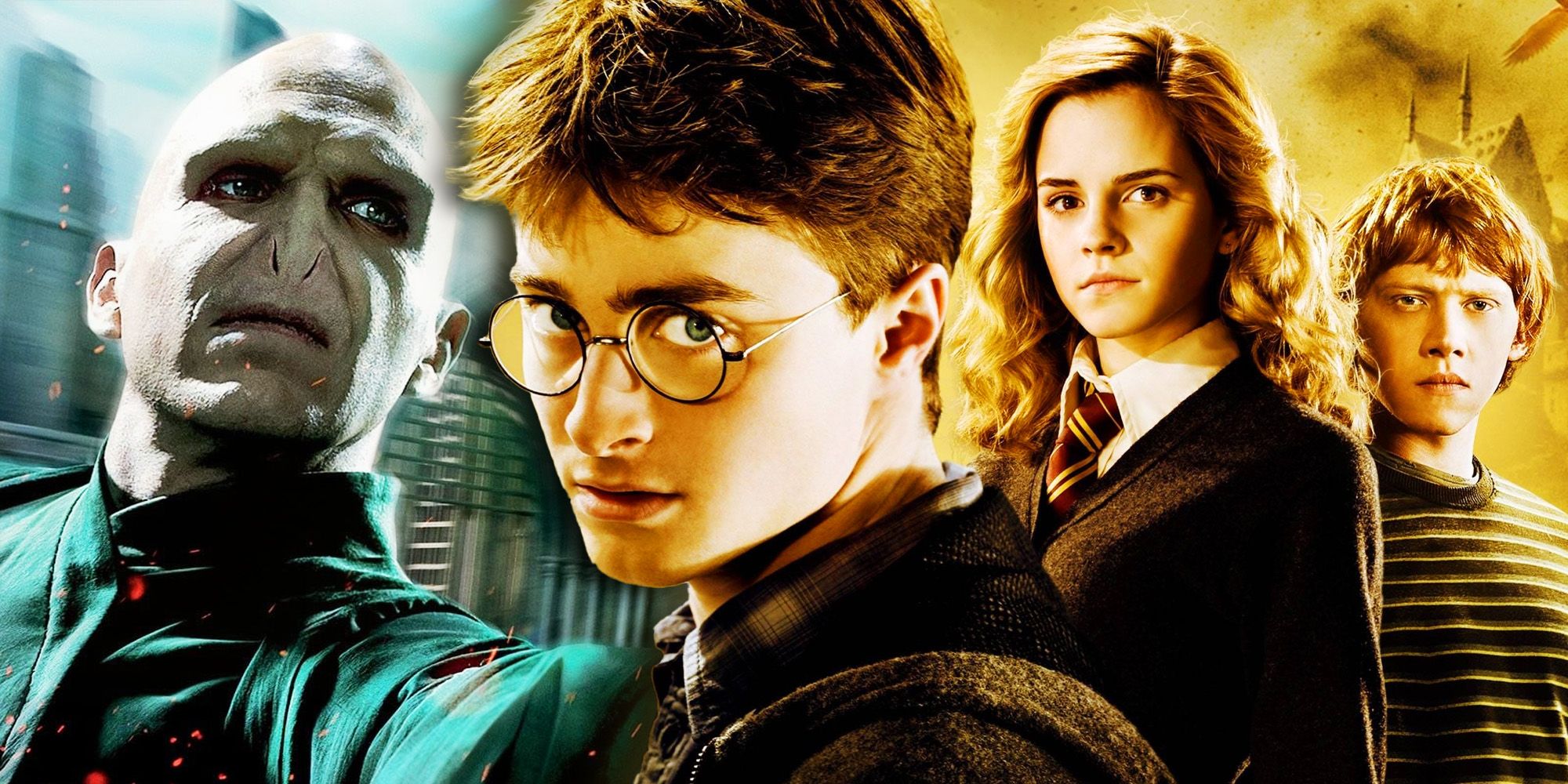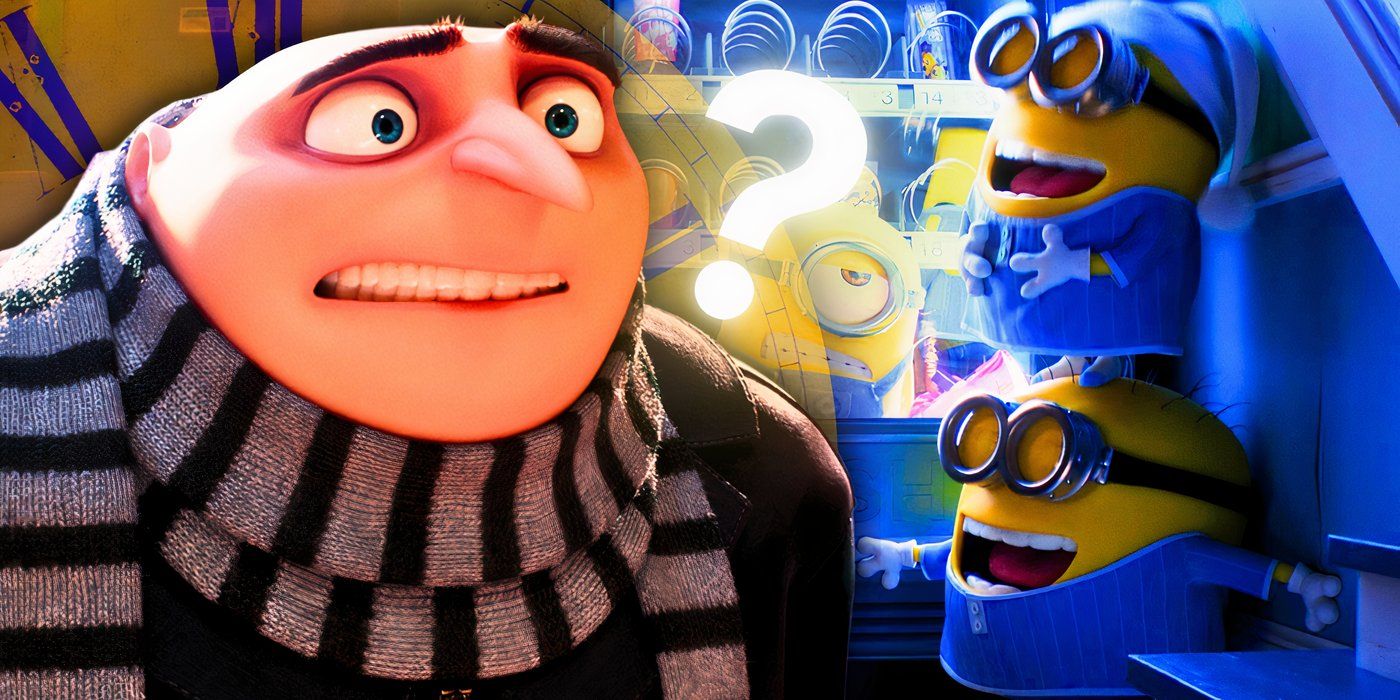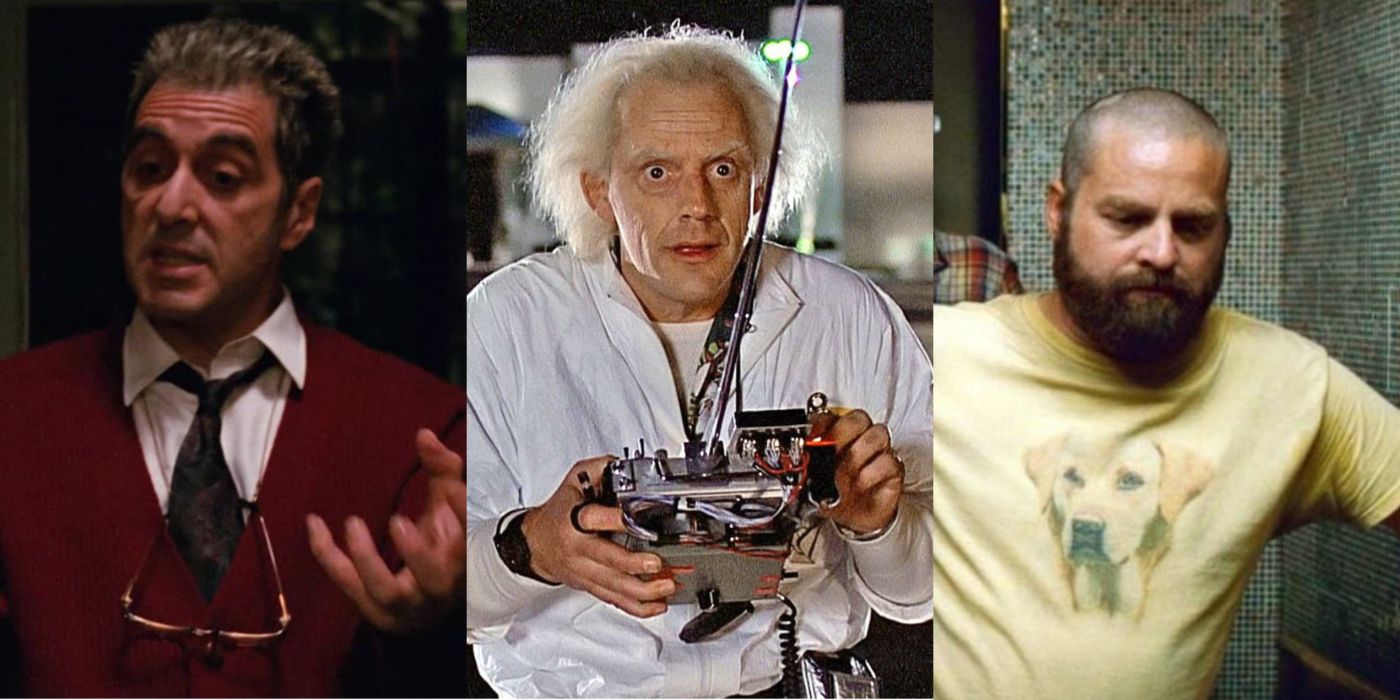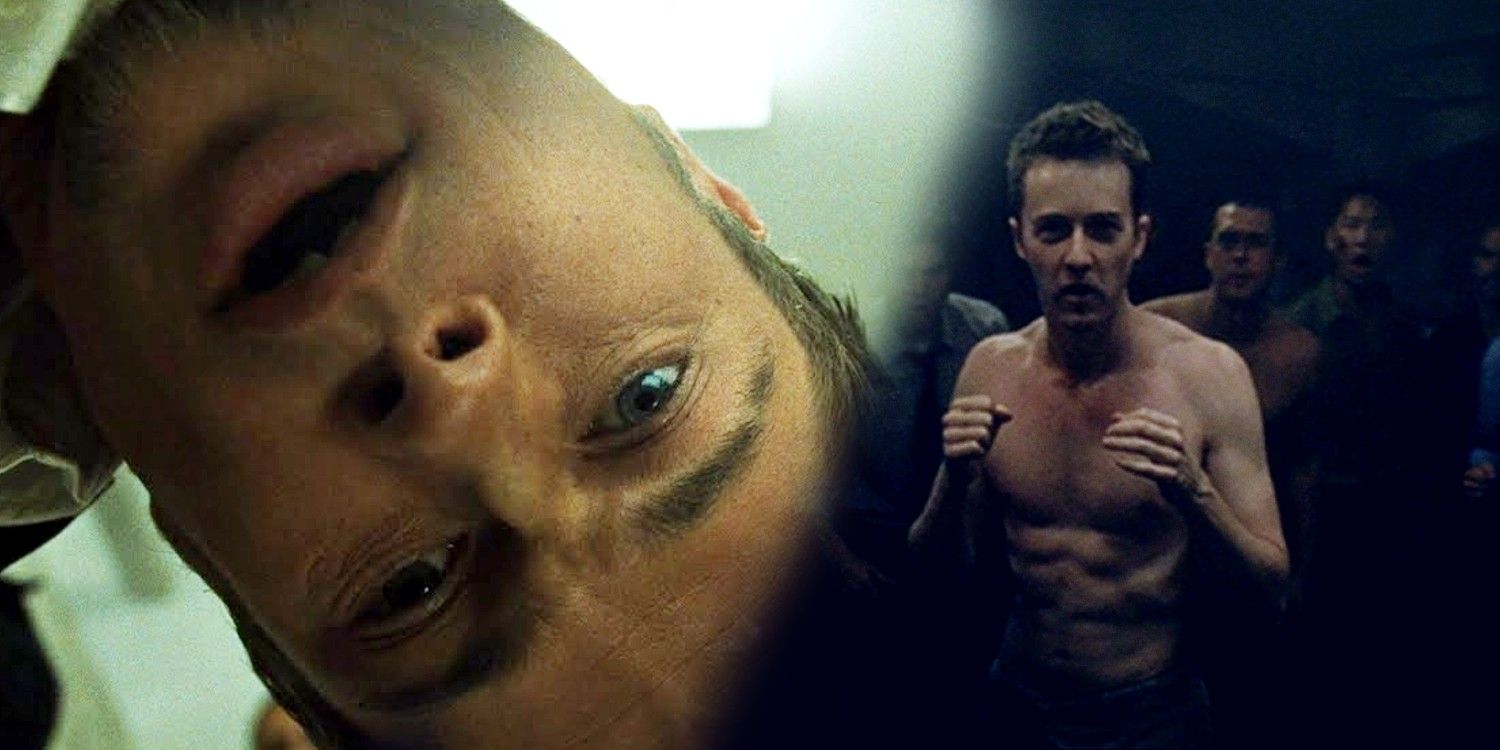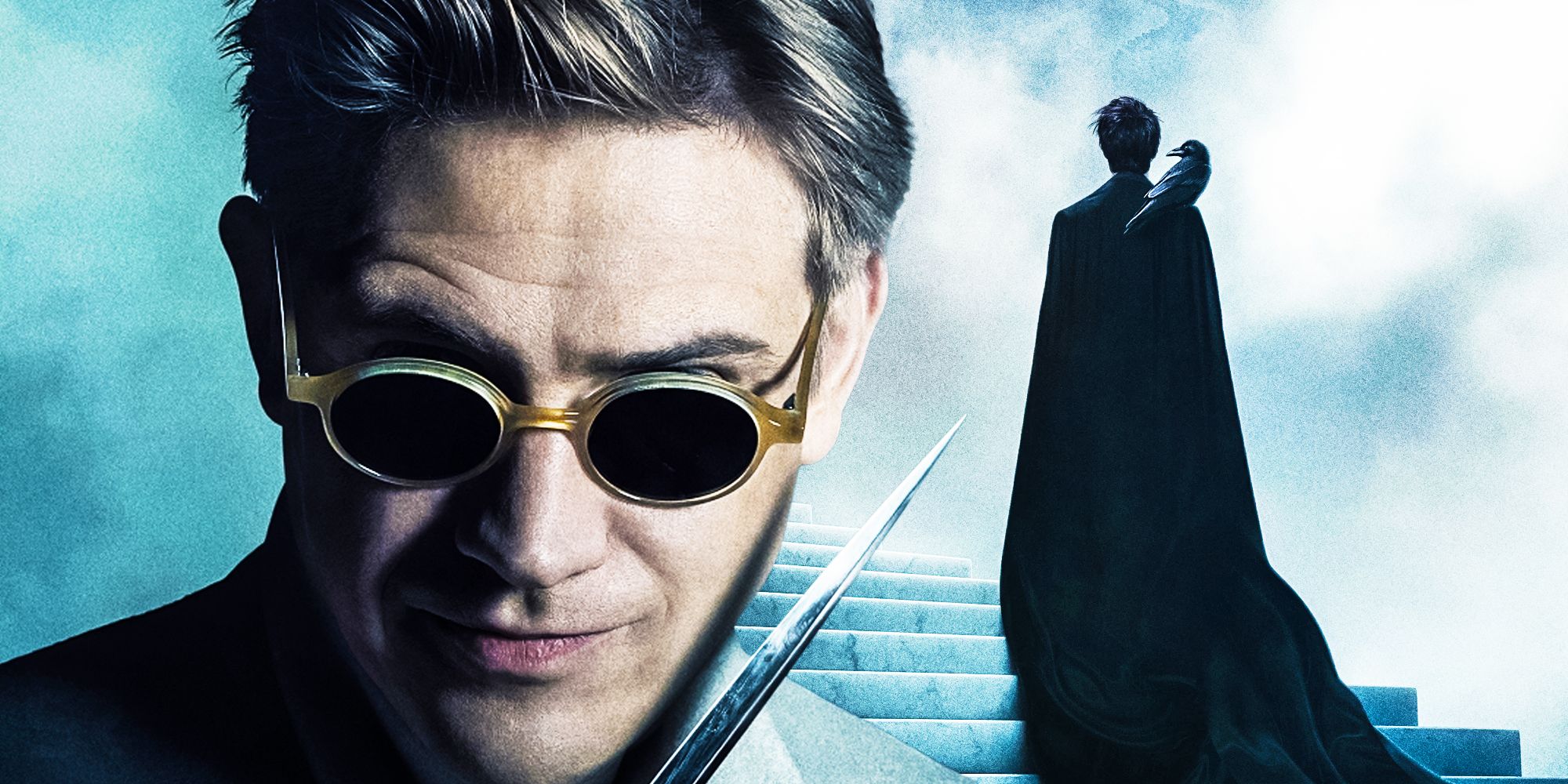Being the child of a hero and a villain, Damian Wayne has had a character-defining battle between good and evil that started long before he became Batman’s Robin. This struggle with evil has existed since he was introduced, and it won’t be going anywhere anytime soon. As he grows and develops as a character, DC continues to find new and interesting ways to incorporate these themes in his character-focused stories.
Damian Wayne’s struggle not only affects how he sees himself and how he interacts with the world around him, but his past history of wrong-doing also continues to alter how other characters see him. Even when Damian — who is the biological son of Batman and Talia al Ghul — tries to be good, other DC characters can be hesitant to give him the benefit of the doubt.
Other times, Robin tries so hard to fight for justice that he loses himself in the process. This part of his story not only makes him a more compelling character, but it sends an important message about finding oneself, making him one of Batman’s most compelling allies, even among the other Robins.
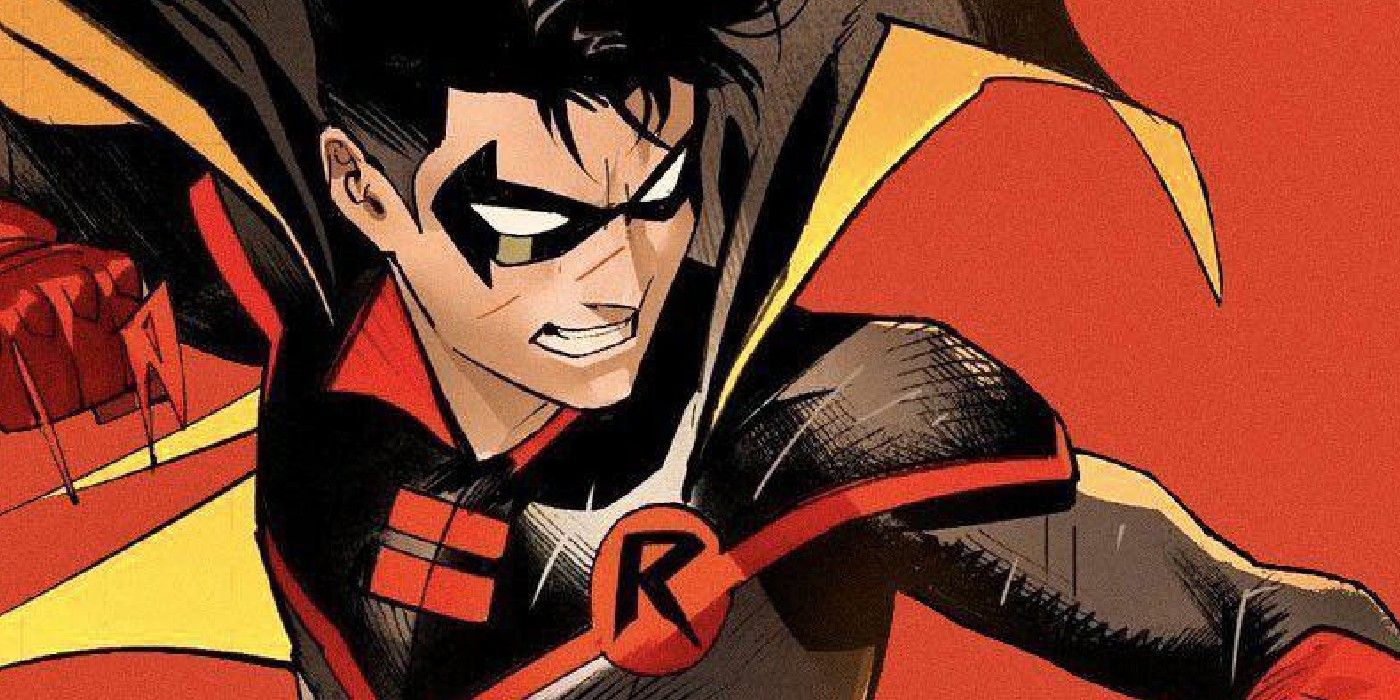
Related
Robin’s New Mission Proves DC Will Finally Let Him Grow Up
Damian Wayne has been Robin for years, and now DC has finally given him his most challenging mission yet. Damian Wayne is finally going to grow up.
Robin Comes from One of DC’s Major Supervillain Families
Damian Wayne’s Mother Is Talia al Ghul, Making Ra’s al Ghul his Grandfather
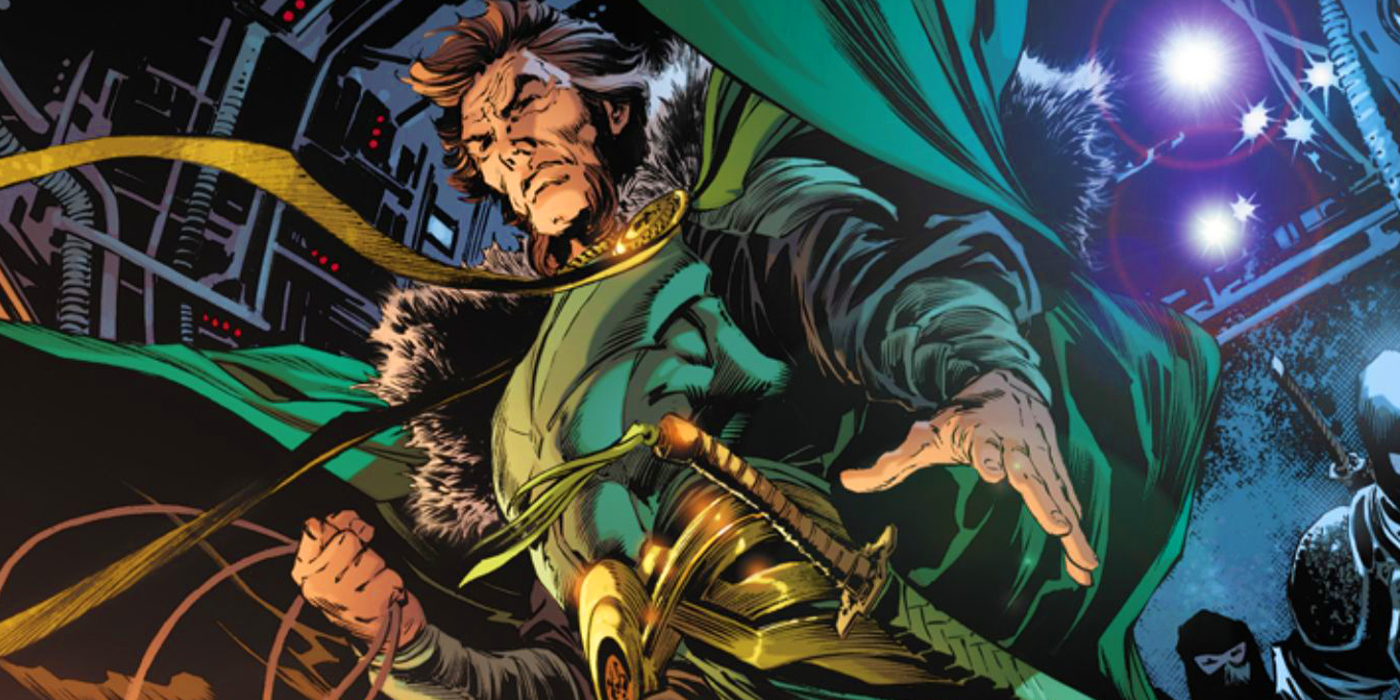
To understand Damian’s relationship with evil, it’s important to examine the root of his evil: his mother and, more importantly, his grandfather. When Talia al Ghul is first introduced, she is more of an antihero than a clear villain. However, she eventually shifted towards a more villainous role. While she was definitely a villain by the time Damian was introduced, Talia has always been morally ambiguous, which is important to keep in mind when considering who raised Damian for the majority of his childhood. If she had stayed an antihero, it’s still likely his sense of morality would have been affected.
In contrast, Ra’s al Ghul has always been a supervillain. Although he didn’t raise Damian like Talia, Ra’s has had a significant impact on Damian’s life. Being the leader of the League of Assassins, Ra’s is worshiped as a god among his followers. A child being brought up in a cult-like environment that worships his supervillain grandfather is going to have some trouble differentiating right from wrong. Additionally, there’s an argument to be made that Damian inherited certain traits from his grandfather, like issues controlling anger, that makes it harder for him to overcome evil.
Damian Wayne Was Raised to Be a Weapon
Damian’s Dark Childhood Has Been a Major Subject Throughout His History
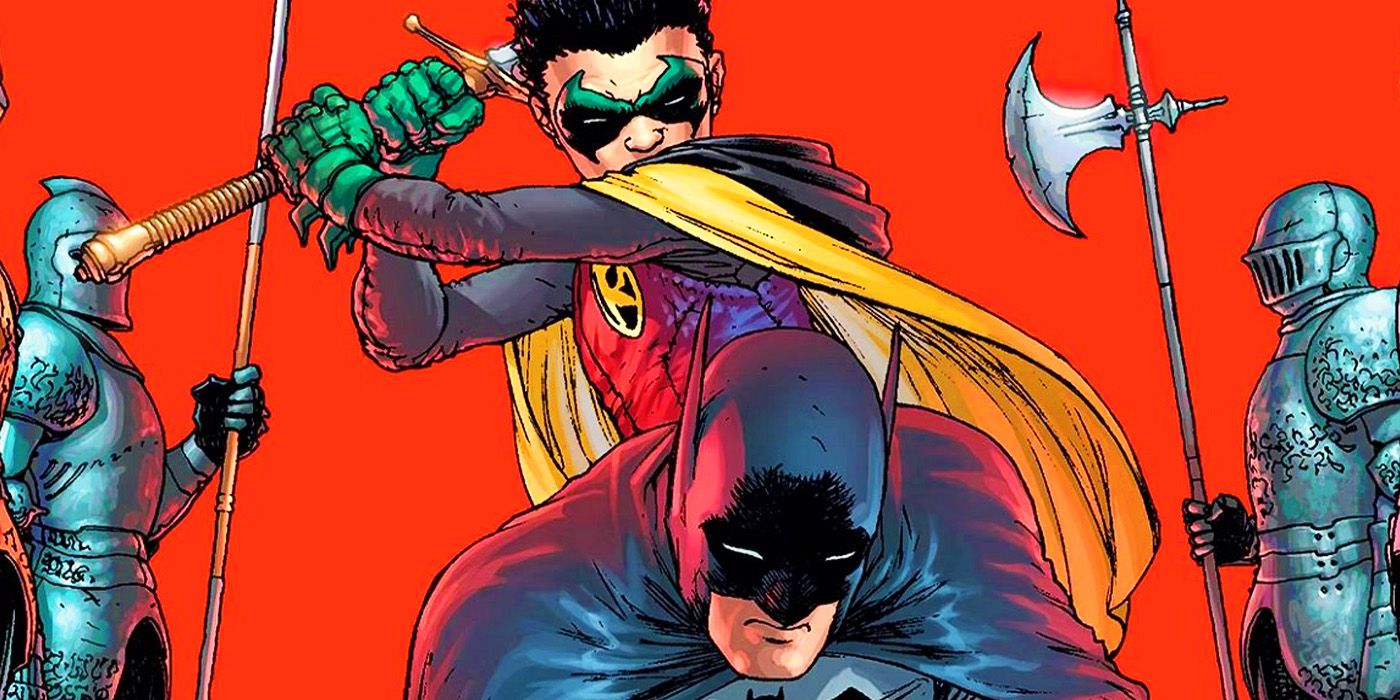
Despite Talia al Ghul undeniably loving Damian, he wasn’t created with the intention of being loved. In current continuity, Damian was created in a lab for the sole purpose of continuing his grandfather’s legacy, either as a vessel for Ra’s al Ghul or to kill his father, Batman. Damian by no means had a normal childhood, and those raising him often didn’t see him as a child. Instead, he had only been seen as a means to an end. Damian was an assassin, a weapon, and an heir — but never a child.
Damian had death ingrained into him from the moment he was created. In Robin: Son of Batman #1 by Patrick Gleason, Mick Gray, and Robbi Rodriguez, it’s revealed he was forced to participate in “a year of blood.” In that year, Damian had to complete a different task, often related to assassinations, every day for a year to prove he could lead both the League and the al Ghul family. This “quest” simultaneously made him deadlier and further desensitized him to any pain and suffering he caused. Others may have feared him, but in his young mind, everything he did became normalized.
Ra’s and Talia al Ghul never kept the reason Damian was created hidden from him. In Grant Morrison, Tony Daniel, and Jonathan Glapion’s Batman #670, Ra’s al Ghul refers to Damian as “it” rather than as “he.” This choice in pronouns is a small but essential detail when analyzing how Damian was treated and seen within the League of Assassins. Similarly, in Batman and Robin #2 by Joshua Williamson and Simone Di Meo, a flashback shows guards being punished for even speaking near him. A decade of dehumanization and isolation isn’t good for anyone, especially not a child.
Damian Wayne Didn’t Understand How the Bat-Family Operated
Damian’s Relationship with Tim Drake Has Always Been Strained
When Damian first meets Bruce Wayne and Tim Drake as a ten year old child, he doesn’t understand how they operate. His first encounter with Tim kickstarts the two Robins’ long-lasting rivalry. At their first meeting in Batman #657 by Morrison, Andy Kubert, Jesse Delperdang, and Dave Stewart, Damian threatens Tim; however, in Damian’s mind, he has a reason. One of the first things Tim says to Damian is, “Here on my world we call this gesture a handshake.” Tim is condescending in pointing out Damian’s strange-to-him behavior. Threats are an overreaction, but Damian doesn’t see it that way because of how normalized violence is to him.
In the same issue, Damian tries to fight crime for the first time. He presents a villain’s severed head to Tim Drake with a grenade stuffed in his mouth. This interaction is definitely a traumatizing moment for Tim, but that isn’t fully Damian’s intention. His scene-setting, such as the grenade, is an intimidation tactic against Tim, of course. But on the other hand, Damian is genuinely trying to fight crime. Without Bruce explaining the “no killing rule” and Damian being trained to kill without hesitation, this “failure” shouldn’t be surprising. If Tim had been removed from the equation, Damian still would’ve killed his first villain.
This scene is followed by a blow-out fight between Tim and Damian. Damian attacks Tim unprovoked, yet he doesn’t see it as unjustified. In Batman #658 by Morrison, Kubert, Delperdang, and Stewart, Damian explains in his own words why he attacked Tim. Tim was his rival, and that’s how the League handles rivalry: fights to the death. As a child, Damian didn’t understand why what he did to Tim was wrong. He was doing what he was raised to do. Conversely, he didn’t kill Tim when he had the chance, signaling the beginning of his struggle.
Damian Wayne Chooses to Stand Against Talia and Ra’s
Damian’s Supervillain Family Will Always Be a Source of Conflict
There is nothing more symbolic of Damian’s struggle with evil than him actively fighting against his villainous mother and grandfather. A prime example of this is in Batman: Prelude to the Wedding – Robin vs. Ra’s al Ghul #1 by Tim Seeley, Otto Schmidt, Brad Walker, Mick Gray, Andrew Hennessy, Jordie Bellaire, and Dave Sharpe. As Damian fights his grandfather, Ra’s claims he’s inadequate as an al Ghul and as a Wayne. In response, Damian reaffirms himself as Robin. By not reaffirming his status as an al Ghul, Damian actively distances himself from that side of his family and shows his desire to be heroic.
Subsequently, Damian comes face-to-face with his mother in Super Sons #13 by Peter J. Tomasi, Carlo Barberi, Art Thibert, Gabe Eltaeb, and Rob Leigh. In this issue, his mother directly refers to him as a weapon and demands he come with her. Damian stands his ground and insists he’s not leaving his father. Later in the comic, Superboy asks Damian about his history as an assassin. Damian tells him, “…That was a whole other lifetime ago.” Damian’s response shows him trying to distance himself from his past actions. He’s a different, better person now.
Damian Wayne’s Time as a Teen Titan Complicates His Morality
Can Damian Ever Be Considered a “Team Player”?
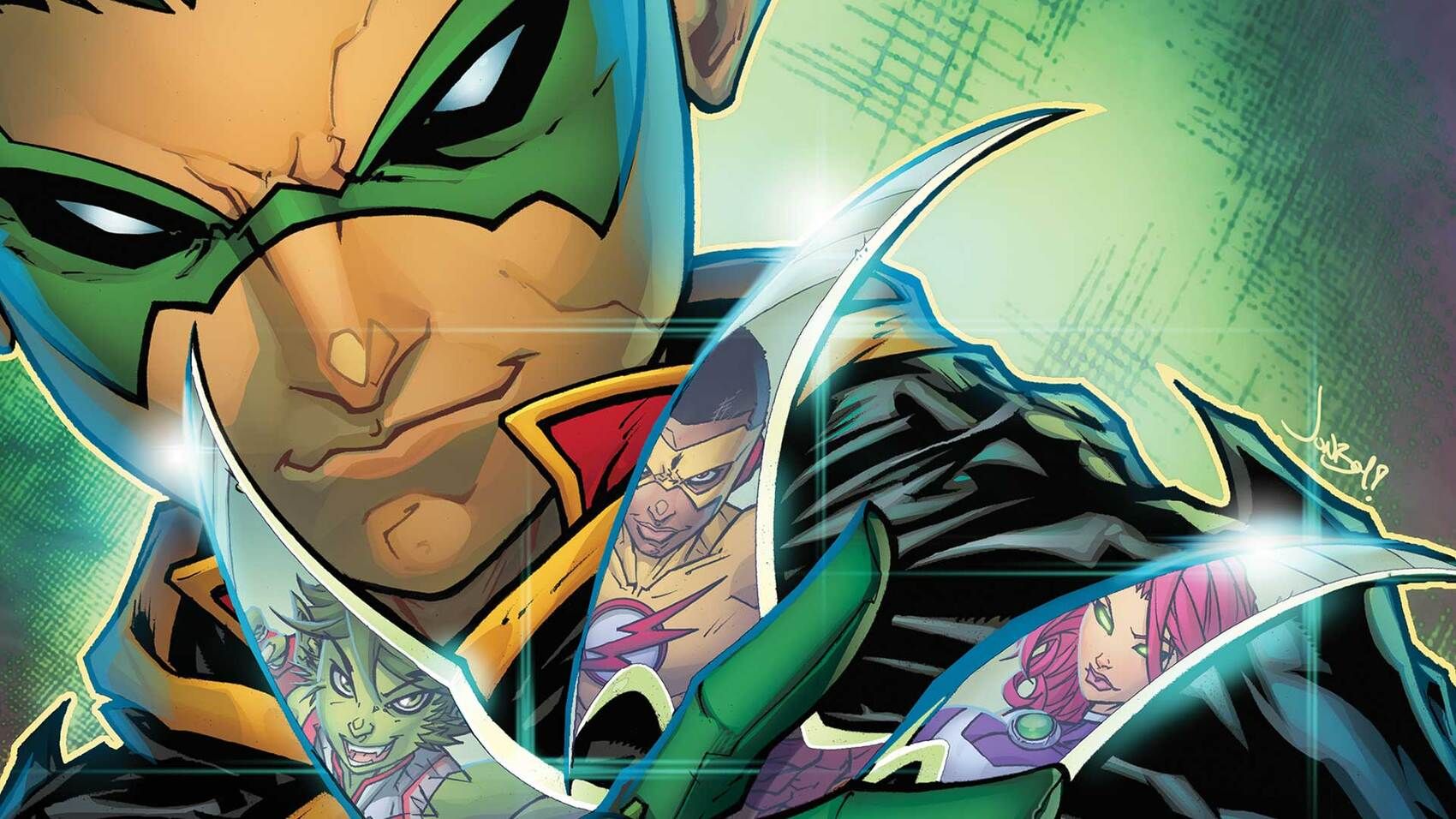
Robin’s time on his own Teen Titans team blurs the lines between hero, villain, and antihero. The moral ambiguity starts in Teen Titans #1 by Benjamin Percy, Jonboy Meyers, Jim Charalampidis, and Corey Breen. When forming the team, Damian kidnaps the prospective members — which pales in comparison to his actions later in the series. But the kidnappings foreshadow how morally gray Damian’s approach to justice becomes. Not long after the team first gathers, Beast Boy refers to Damian as a “good-guy-bad-guy smoothie,” which is an apt description of Damian’s actions in this series.
The real moral ambiguity starts in Teen Titans #20 by Adam Glass, Bernard Chang, Marcelo Maiolo, and Leigh. Robin gets a new team and a new base of operations. Little does his team know, Damian intends to keep villains prisoner within the base. He sees Arkham Asylum as a revolving door, and he’s tired of criminals getting away. Damian’s new methods make him judge, jury, and prison warden and are a corruption of justice. Slowly, he becomes more and more obsessed with imprisoning criminals. His heart is in the right place, but his actions are inexcusable.
Damian Wayne Truly Finds Himself During His Robin Series
Like Other Robins Before Him, Damian Finally Finds His Peers
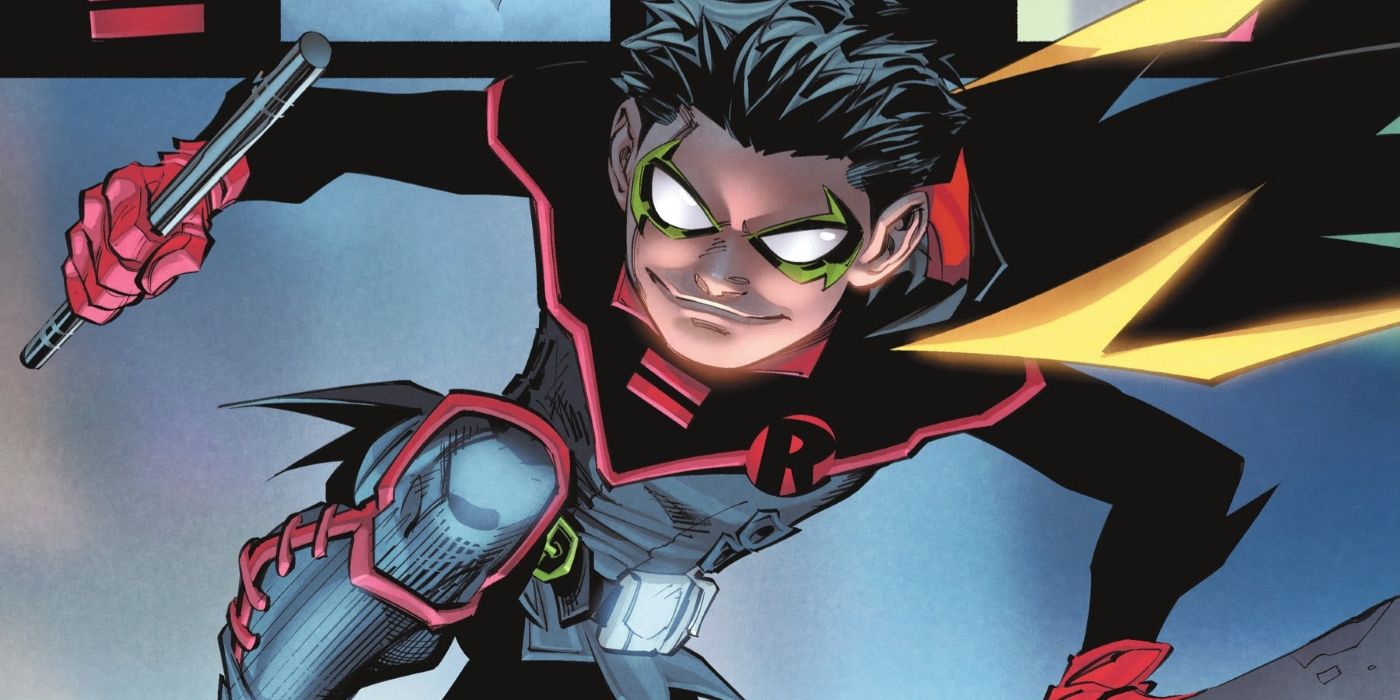
After his time on the Teen Titans, Damian Wayne’s solo-series as Robin heavily focuses on his internal struggle of good versus evil. Robin by Williamson and Gleb Melnikov takes place in a tournament to the death consisting of teenagers. He knows he has to take down the tournament, but to do so Damian will need to kill. This competition showcases him using his abilities as a killer in order to do something that’s overall a positive. The stakes are also lower, since not all death is permanent within the confines of the tournament.
Over the course of the competition, Damian also finds himself connecting with the competitors. These “killers” are teenagers in his age group with similar life experiences to him, even if they aren’t heroes. In fact, Damian even develops a crush on Flatline, Lord Death Man’s sidekick. He’s able to put aside her actions and see her as a person. Doing so can help him see himself as a more complete person, too. By the end of the series, he feels like his moral conflict is over. Damian realizes he’s neither his mother nor his father. Nevertheless, Damian’s battle with darkness isn’t over.
Robin’s Struggles Aren’t Over Yet
Batman and Robin by Williamson and Simone Di Meo Continues Damian’s Story
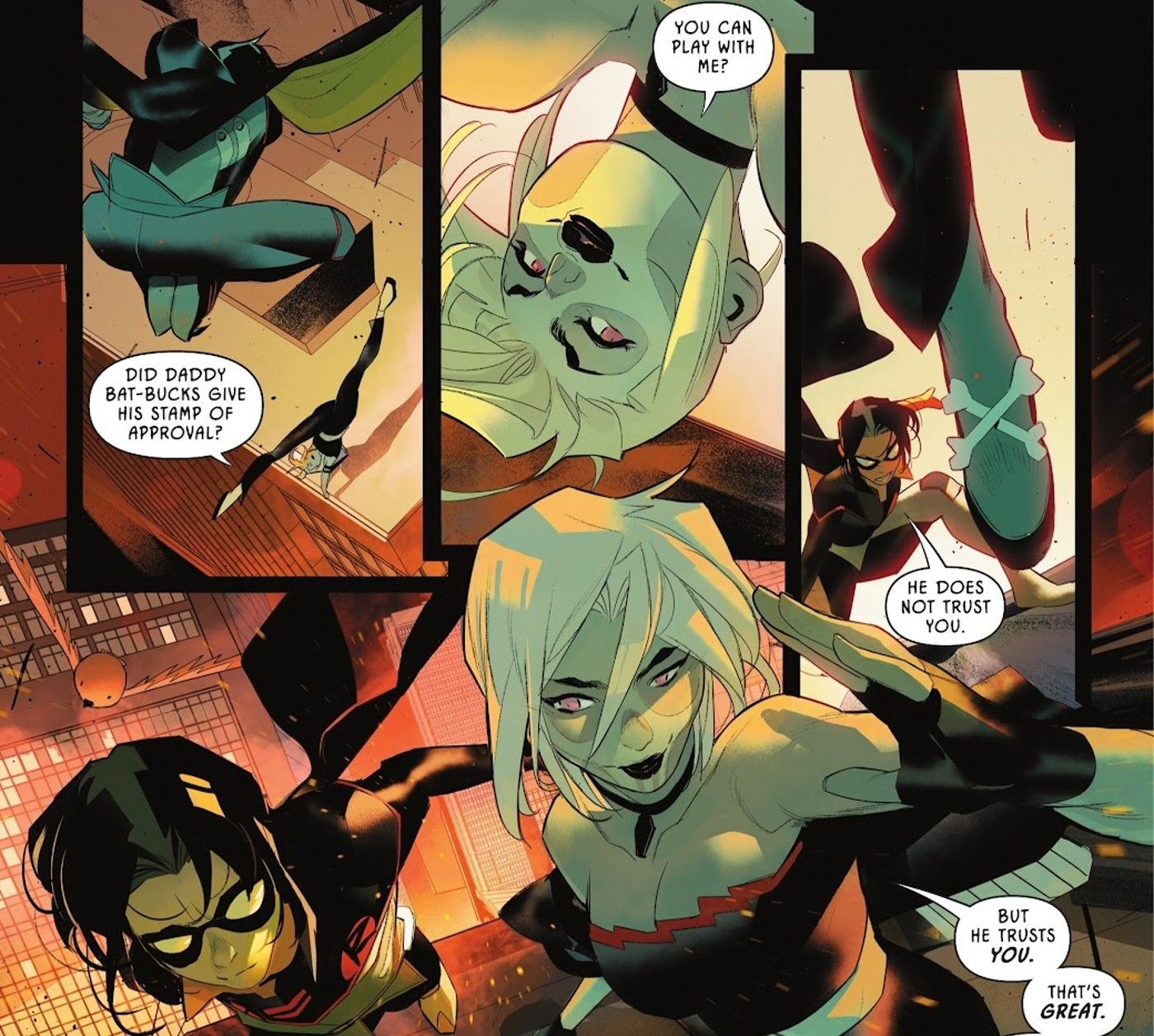
Despite Damian feeling reassured at the conclusion of Robin, his internal warfare is ongoing. First, in Batman and Robin #1 by Williamson and Di Meo, Damian is shown to be drawing a comic book about his fictionalized alter ego, Damian Vane. This character is clearly a “self-insert” of himself, but the drawing suggests that he still has major doubts. In his homemade comic, he specifically notes that one of the character’s parents is a hero and the other is a villain. This detail hints that Damian still reflects on his parents and how their natures affect him.
Finally, Flatline makes a comeback and even meets Batman. While Damian should be happy to see his love interest, he has mixed emotions; his two worlds are crossing over yet again. Robin never gave Batman the full information on everything that happened on Lazarus Island. Part of him wanted to move on from it, or at least keep his villain and hero sides separate. This desire isn’t surprising, though. After all, in Batman and Robin #1, the tournament is brought up, and Damian defends his newfound friends. Robin has to keep balancing his two sides.
Damian Wayne has a long history of balancing his desire to be good and the evil way he was raised. Robin will never fully resolve this internal conflict due to the trauma he’s endured. Despite his origins, there are ways he can develop around his dark past. Damian needs to find who he is outside his parents and the role of Robin. For Damian Wayne to find peace with himself, he first needs to discover who he is as an individual.
All titles mentioned — including the most recent Batman and Robin — are available now from DC Comics.
